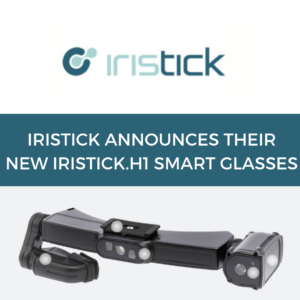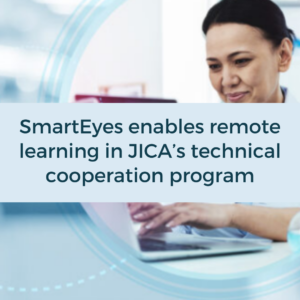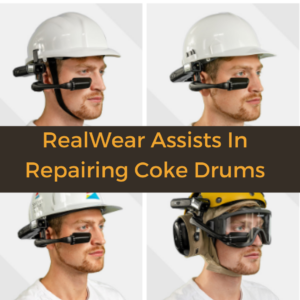The Pandemic Pushed XR Use Beyond Fun And Games

Because the pandemic has forced many people to work, socialize, study, and shop at home, they’re using XR experiences to replace in-person ones. This year, 58.9 million people in the US will use VR at least once per month, and 93.3 million will be monthly AR users.
Though VR and AR are different technologies growing at different rates, the pandemic appears to have galvanized the market for both.
Established use cases have increased
VR and AR usage has grown as more people stay home and pursue activities aligned with crowd avoidance and social distancing, including playing video games, consuming entertainment, participating in social VR, using AR features on social networks, and experimenting with virtual try-ons, virtual shopping, and 360-degree travel videos.
For example, June 2020 research by Ipsos and the Global Myopia Awareness Coalition (GMAC) found that 58% of US children and teens spent more time with smartphones, 53% spent more time with video game consoles, and 15% spent more time with VR headsets since the pandemic began. In general, people who owned VR headsets used them more; others explored nonheadset options or considered buying headsets.
Big Tech sees big opportunity
The pandemic has turned XR into an even more important growth area for Big Tech. While Facebook is on its way to becoming the VR leader in the US with its Oculus ecosystem, it is also investing in AR. Other heavy hitters, including Apple, Google, Microsoft, and Samsung, are all reportedly racing to introduce their own VR, AR, and/or MR solutions to grow the market and capitalize on increasing demand.
5G is becoming more available
XR developers are optimistic about the rollout of 5G wireless service—both in the US and around the world. Higher-speed 5G networks are expected to eliminate many persistent technical difficulties and boost XR’s viability. In an April 2020 survey conducted by Toluna and Advertiser Perceptions on behalf of Verizon Media, 44% of US adults cited streaming VR content and 36% cited AR experiences as expected benefits of 5G technology.
Likewise, a majority of adults in South Korea, the UK, and the US found the idea of subscription-based VR and AR at least somewhat appealing, according to a January 2020 Nokia poll conducted by Parks Associates. Nearly three-quarters (73%) of respondents found a subscription to VR experiences appealing or very appealing, while 70% and 65% said the same for AR experiences and VR sports, respectively.









